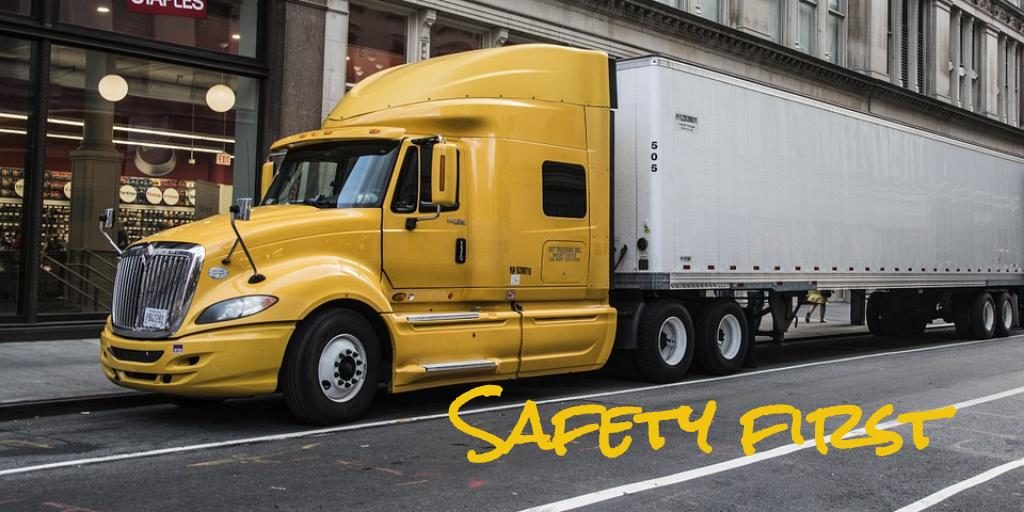Driving a truck is a serious affair.
And safety must always be the top priority in trucking – period. The very fact that larger vehicles, such as semi-trucks, are often involved means a higher probability of fatalities should an accident occur.
The Trucking industry is focused on SAFETY.
Minimizing accidents through proper training is more important than ever at truck driving schools, where safety training is now far more intense that it was just 5 or 10 years ago. Students spend a significant period of time in the classroom before they ever get behind the wheel.
Likewise, trucking companies today strive to offer their drivers many more safety and security features designed to enforce safe vehicle operation and avoid potential risks. Most trucks are now equipped with electronic data recorders, similar to that of an airplane black box, that track how many hours a truck has been driven as well as the vehicle operations. Ongoing training focuses on how to prevent conditions that lead to significant or fatal road accidents and emphasize adhering to Federal Motor Carrier regulations.
But, truck driver deaths are on the increase.
Deaths from large truck crashes reached their highest level in 29 years in 2017, according to National Highway Traffic Safety Administration data. There were
840 fatalities, representing a 6.6 percent increase over the 786 who died in 2016, according to the U.S. Bureau of Labor Statistics.
Should a greater emphasis be placed on attracting more female drivers?
While men make up around 93% of truck drivers, women drivers fair better in several safety measurements. According to the American Transportation Research Institute (ATRI), women best men in 18 of 34 safety measures. Of the other 16 measures, the driver’s sex had no impact on how they ranked.
For example:
- Men were 20 percent more likely to be involved in a crash.
- Men were 45 percent more likely to have false or no log book violations.
- Men were 60 percent more likely to stay on the road longer than the time allowed by law, or related hours-of-service violations.
“We always knew that women were safer drivers,” said Ellen Voie, chief executive and founder of the nonprofit Women in Trucking Association. “We just didn’t have proof.”
The ATRI comparison of female vs. male drives found male drivers to be more reckless. They were more likely to be convicted of running a traffic signal and less likely to wear seat belts. That last statistic is a big contributor to fatal crashes. At least 38% of truck drivers killed in 2017 were not wearing seat-belts.
Also, crashes involving women drivers typically occur at slower speeds resulting in less damage to the truck.
“Women seem to connect the dots that they are driving large equipment in high-speed environments and modify their behavior,” said Llaura McMIllan, vice president of Training Program Development at Instructional Technologies Inc.
DriverSource has always recognized the importance of recruiting more women into the industry. As a minority-owned (woman) company and a proud member of the Women’s Business National Council, we actively encourage females to consider driving as a career.
Bill D for DriverSource



